![[ Fig. 01 ] <i>Délivre-nous du mal</i> (video still), 1987.](/sites/default/files/styles/fixed_width_480/public/advancedpublications/videos/13177/corpusvideo2.jpg?itok=Hr-ZmAnc)
Video Works
These videos contain elements (sexuality, nudity) that may not be suitable for some viewers.
Le voyage de l'ogre, La cage, L'incident « Jones », Deliver Us from Evil, Letter to a Lover and Réminiscences carnivores are available with English subtitles. La stupéfiante Alex, Portrait de John Mingolla and Marrakech contain no dialogue.




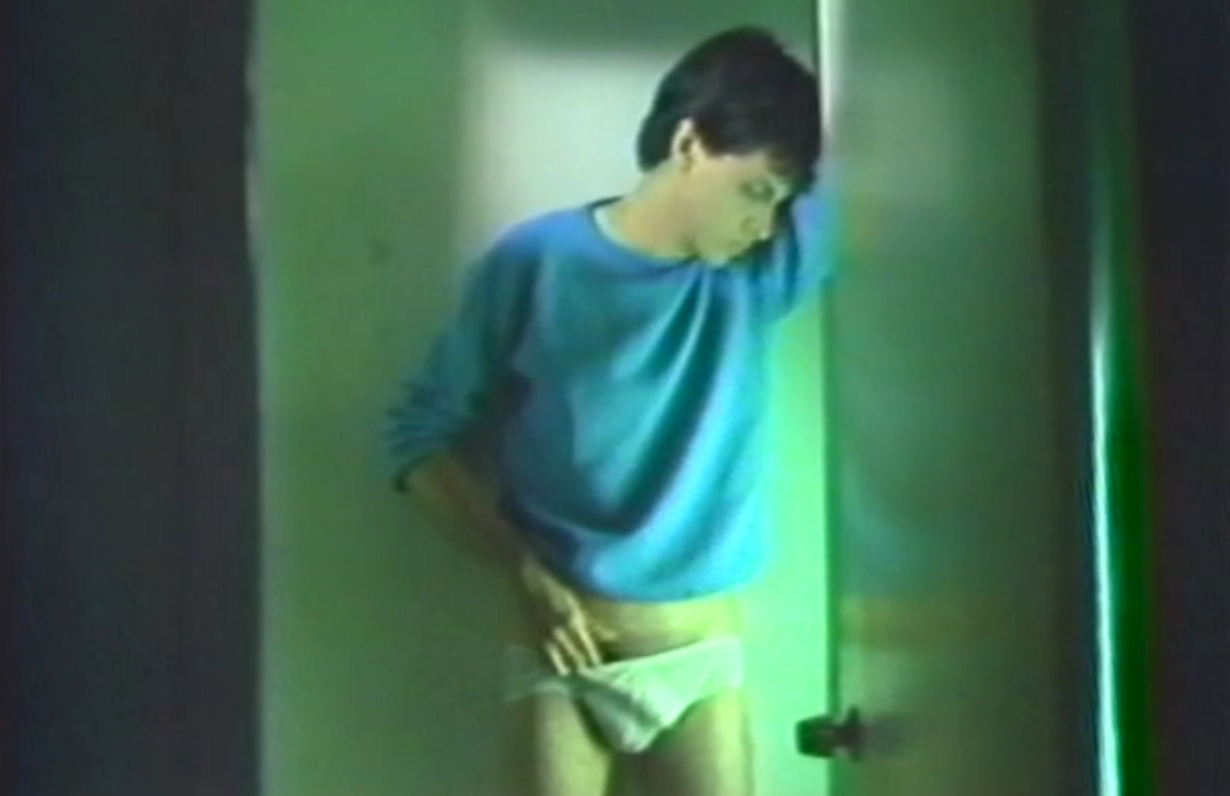
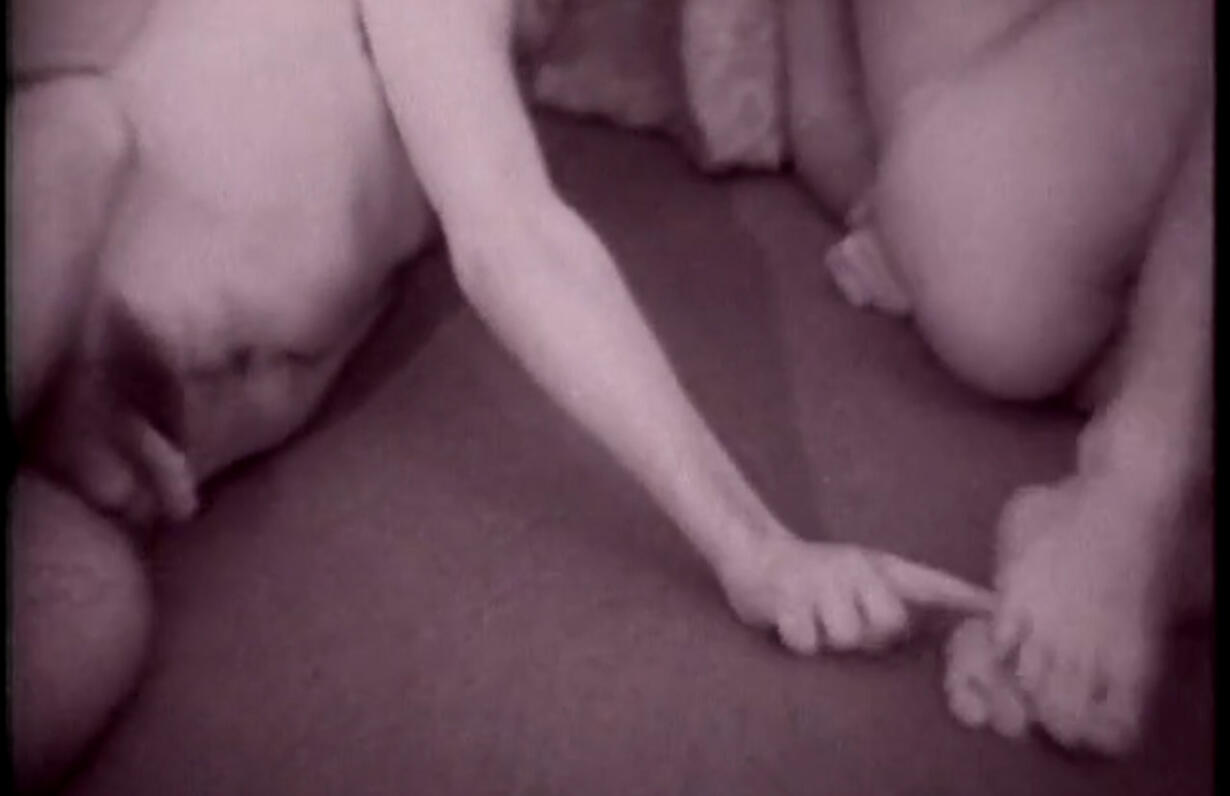
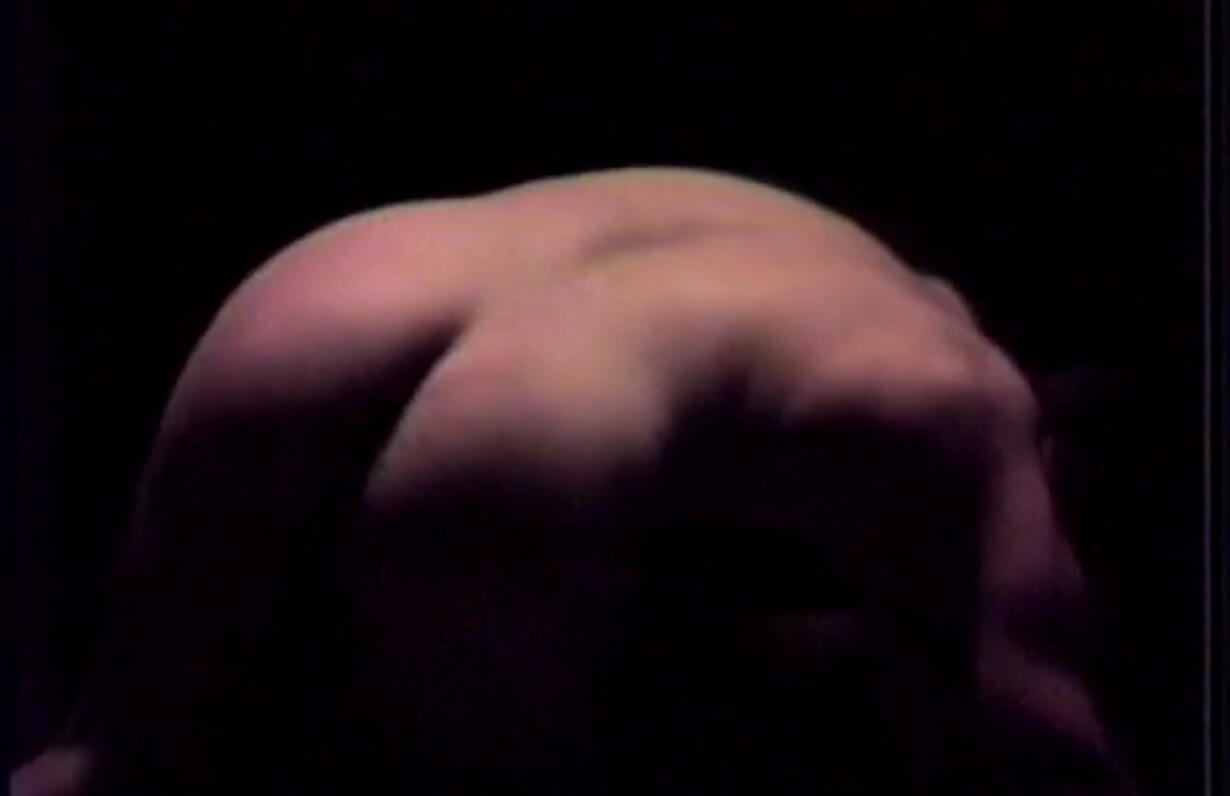
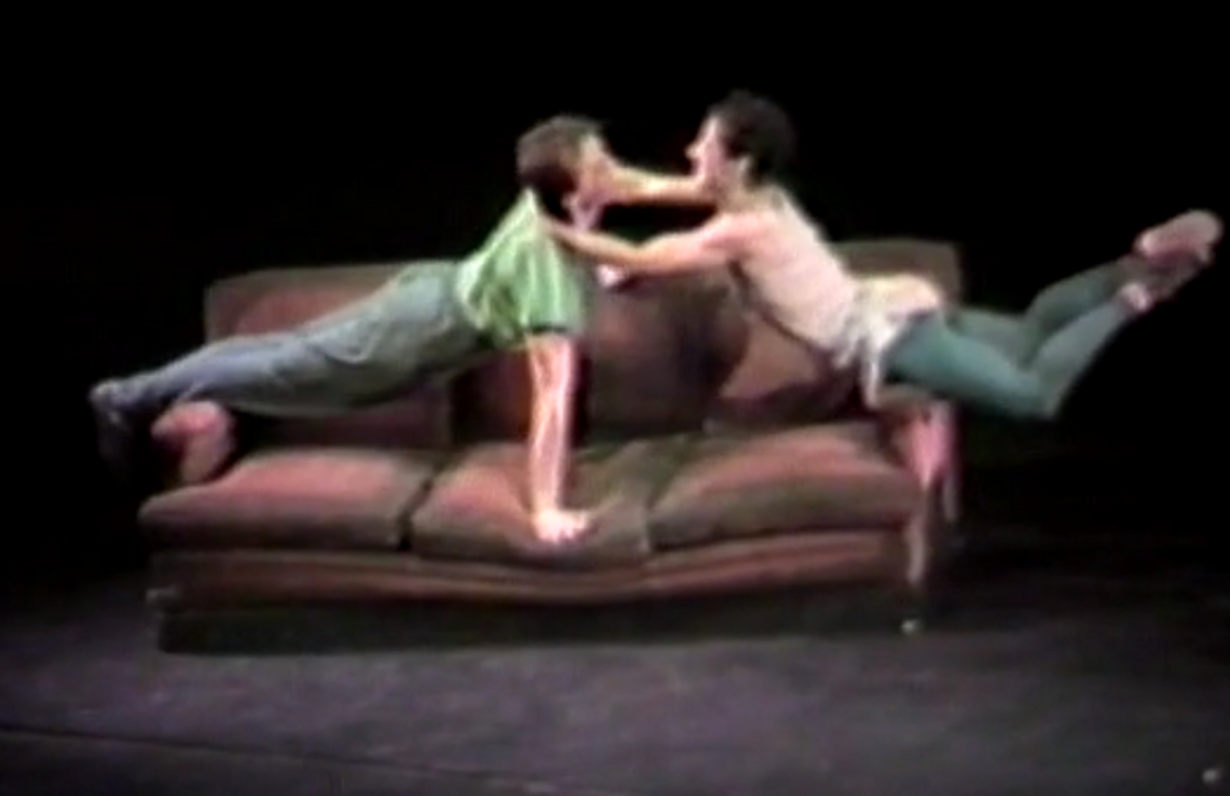
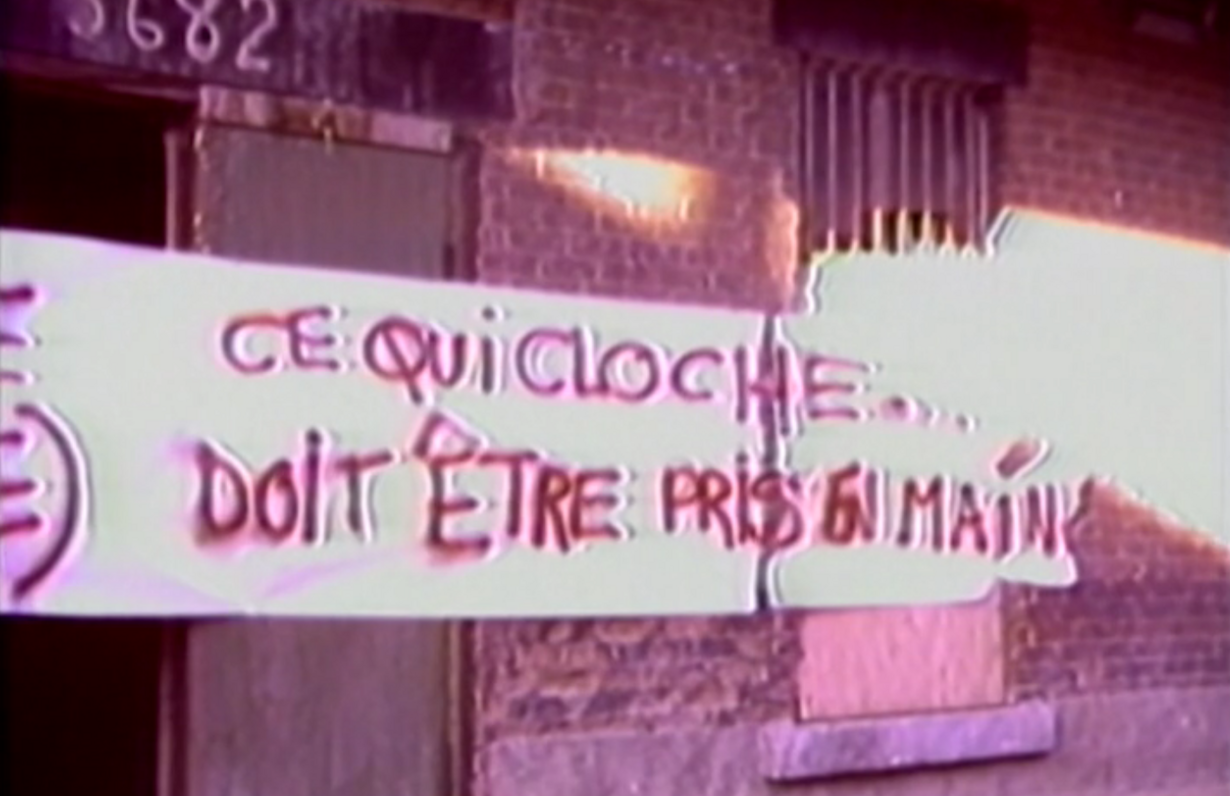
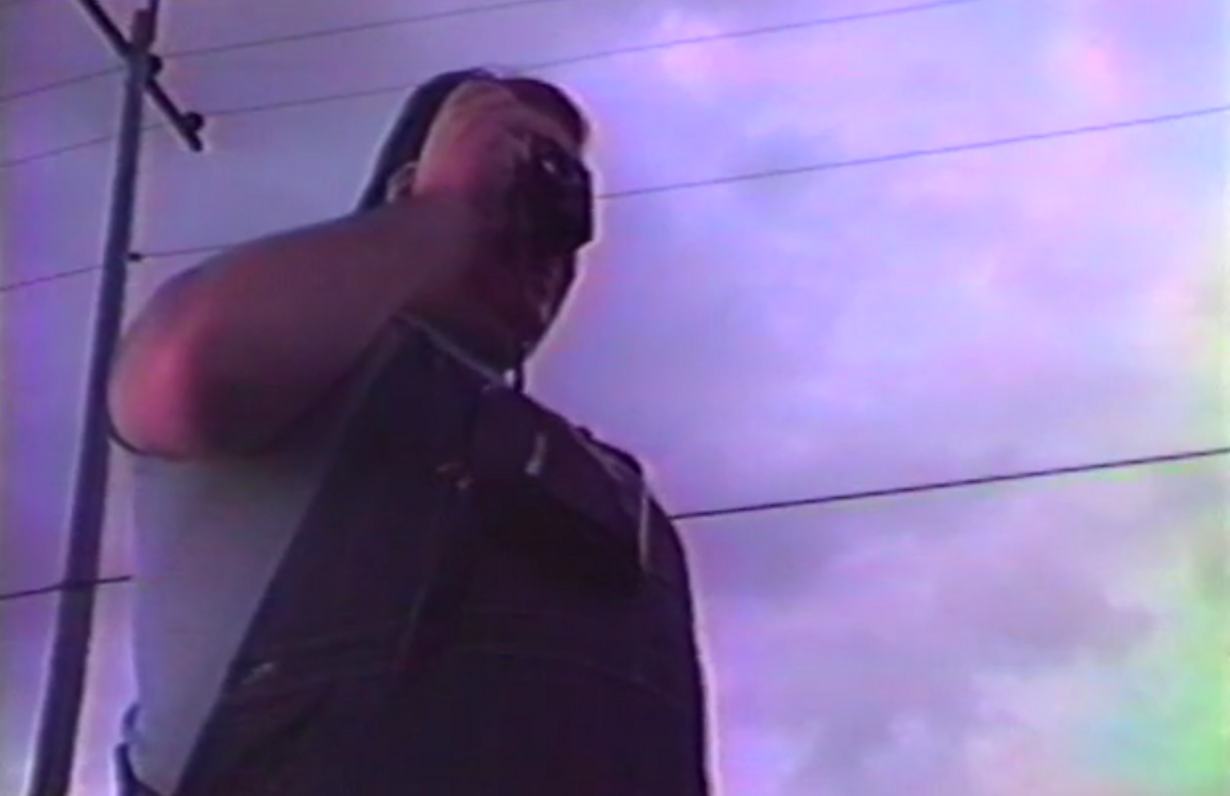
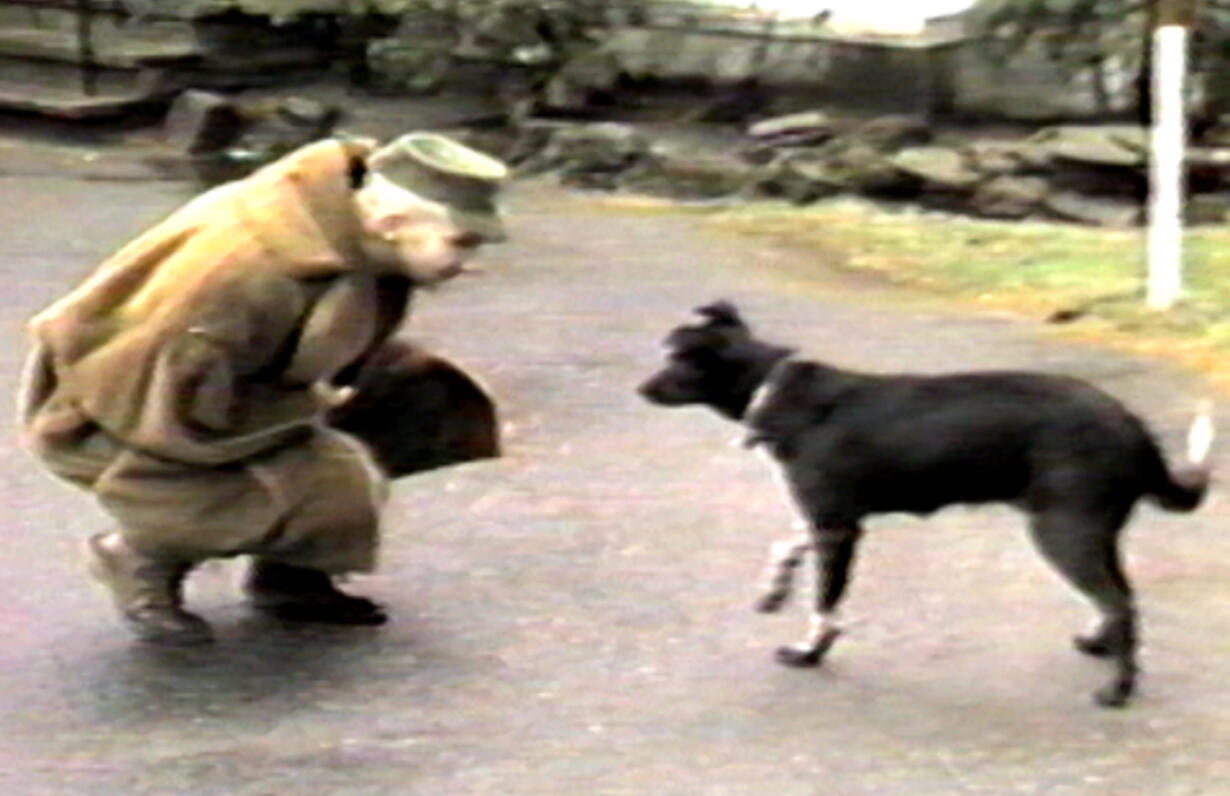
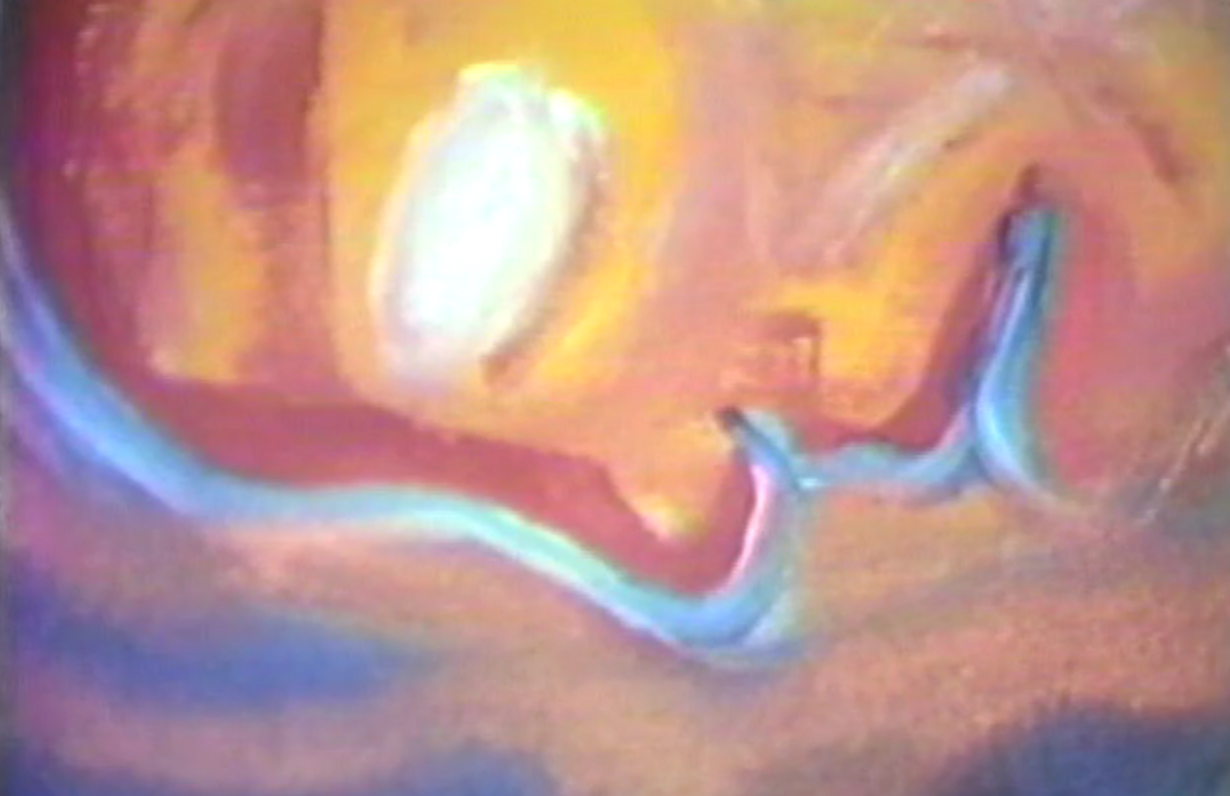
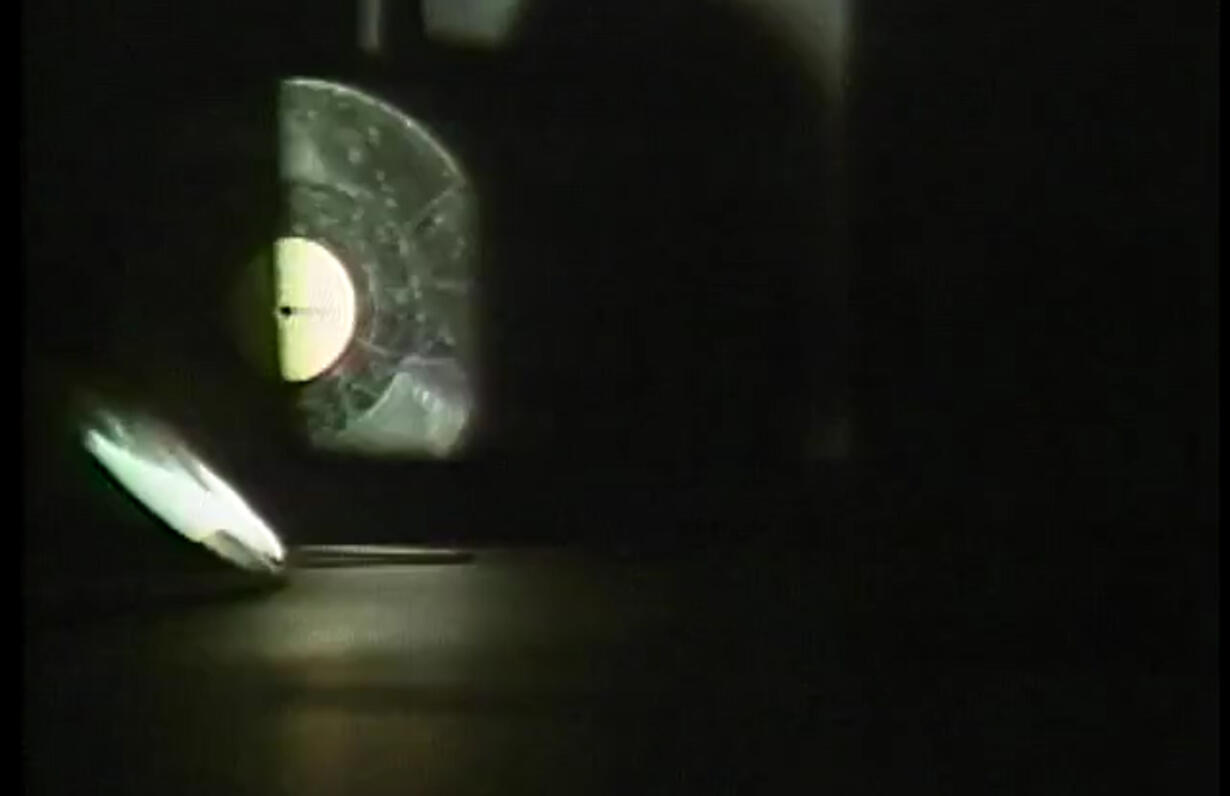
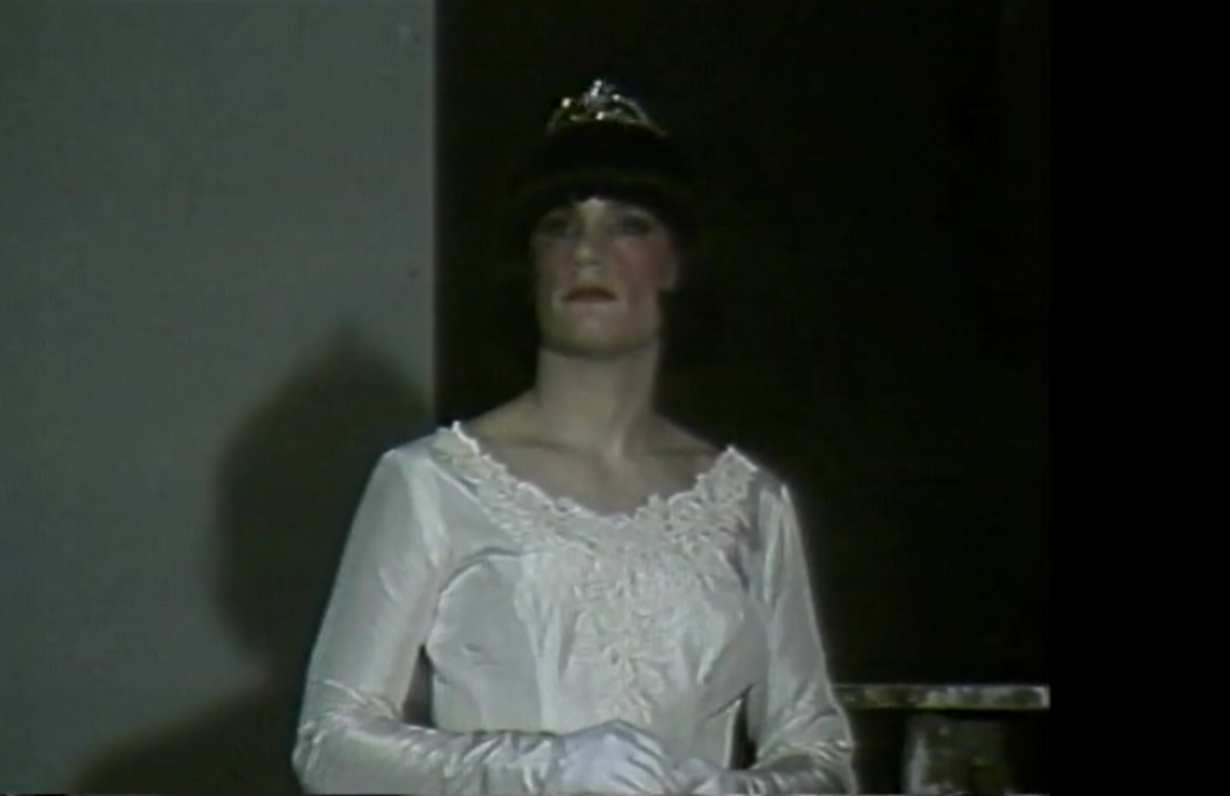

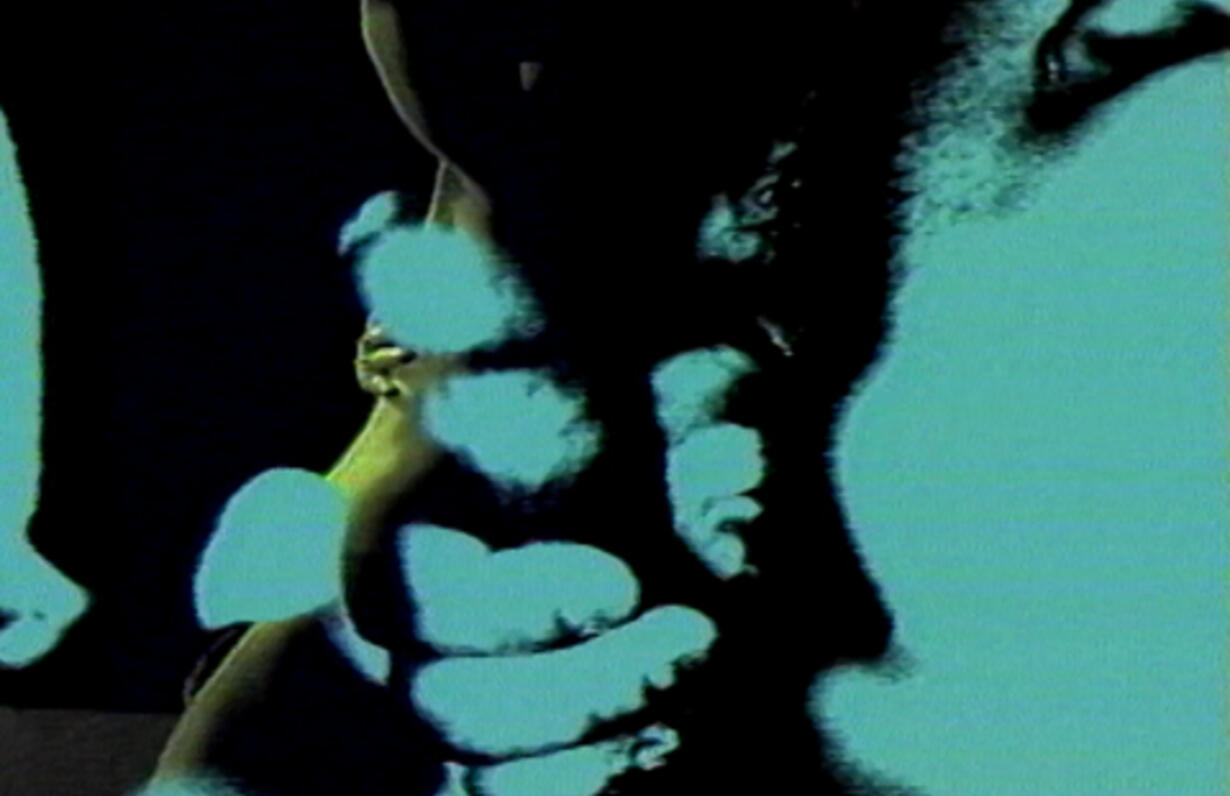
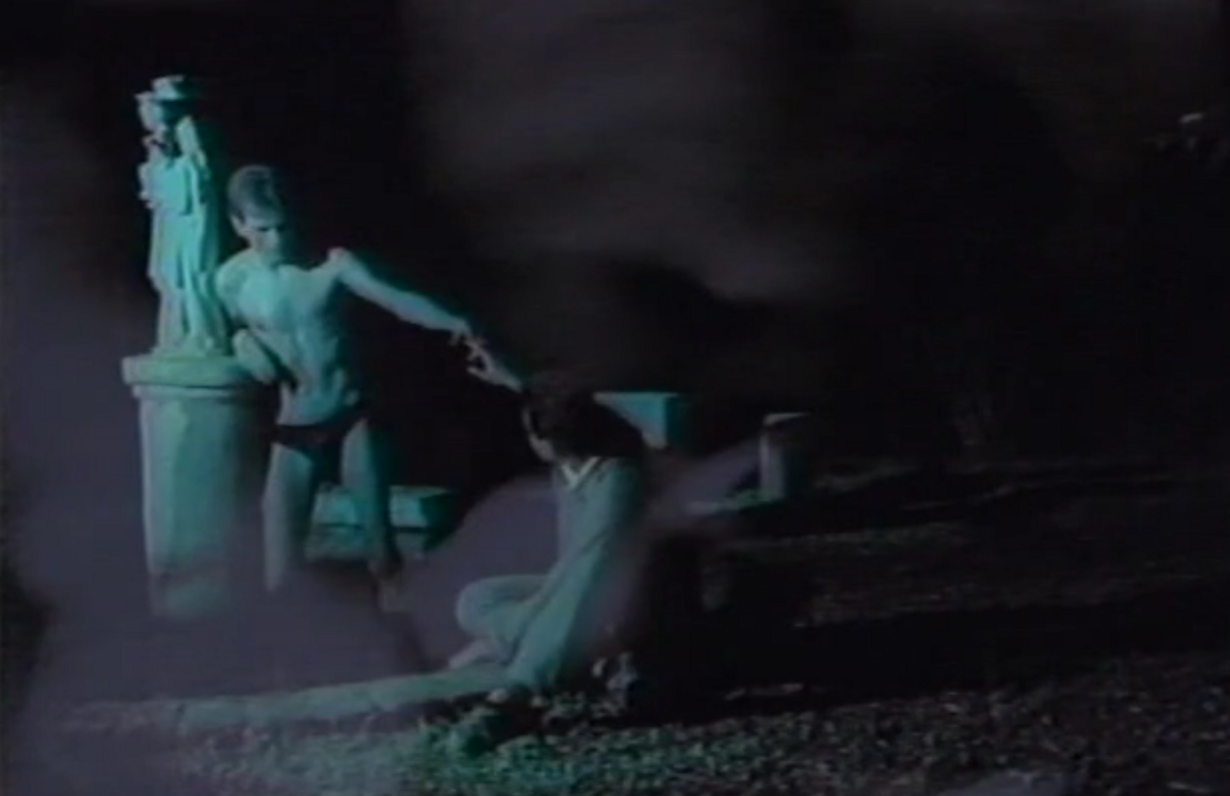
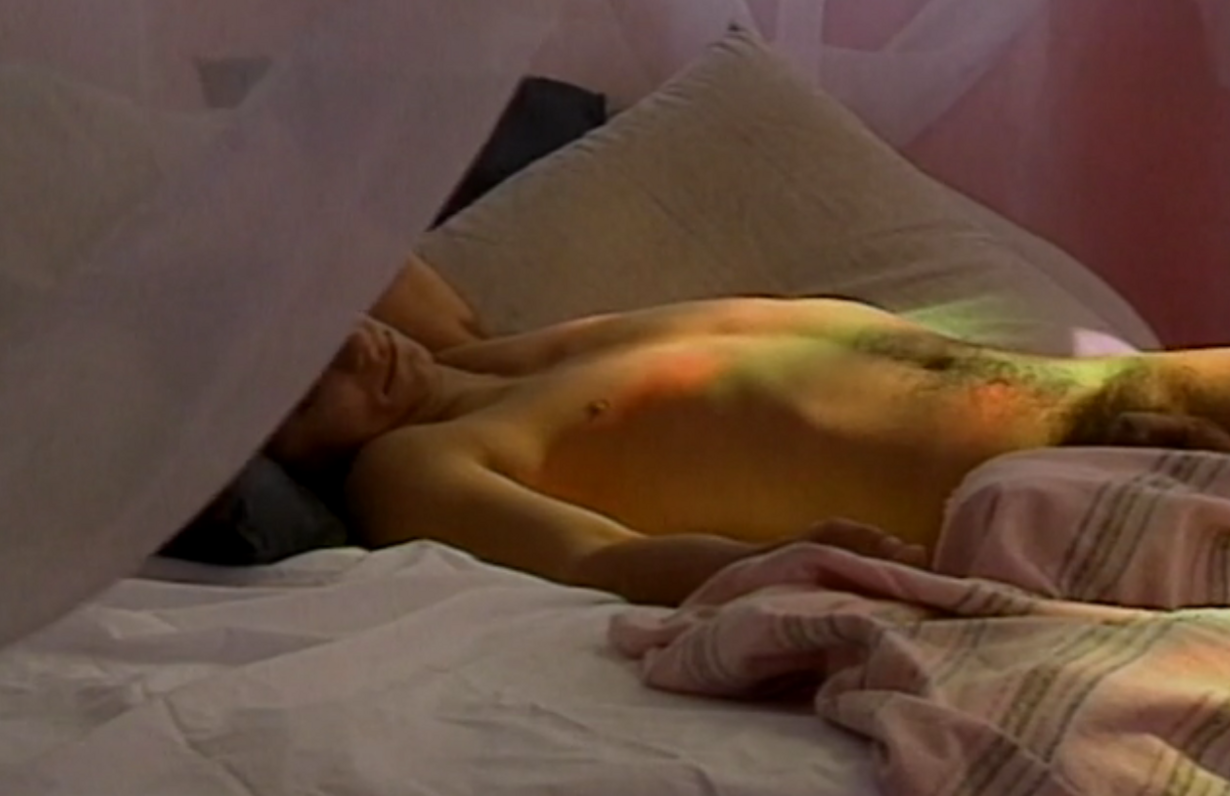
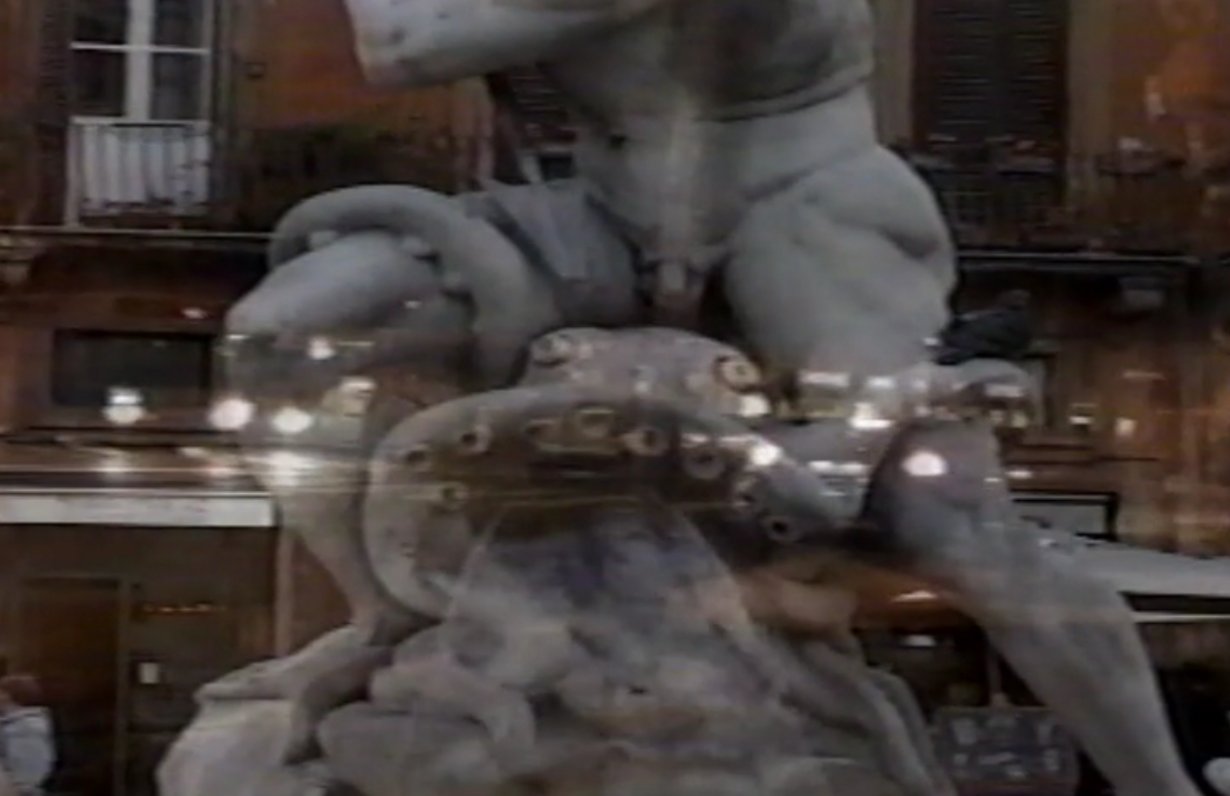
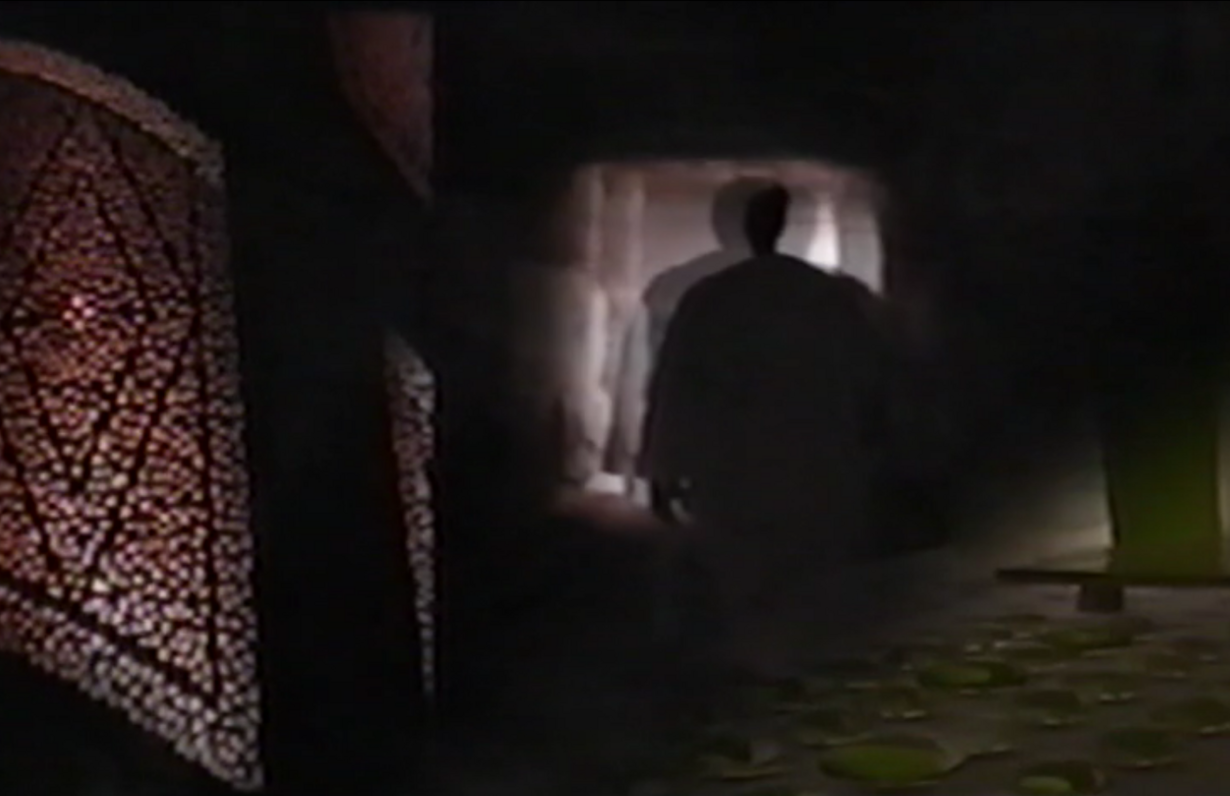
![[ Fig. 01 ] <i>Harems</i> (video still), 1991.](/sites/default/files/styles/publication_teaser/public/advancedpublications/text/13176/xcapturedgcoeucranle2020-09-03ac084445.png,qitok=FGvIicIj.pagespeed.ic.LnriHJCTr1.jpg)
![[ Fig. 01 ] Marc Paradis at home, 199?.](/sites/default/files/styles/title_teaser/public/advancedpublications/scenarios/13178/ximages.jpg,qitok=MK7M77Kz.pagespeed.ic.fHI-TD47uK.jpg)